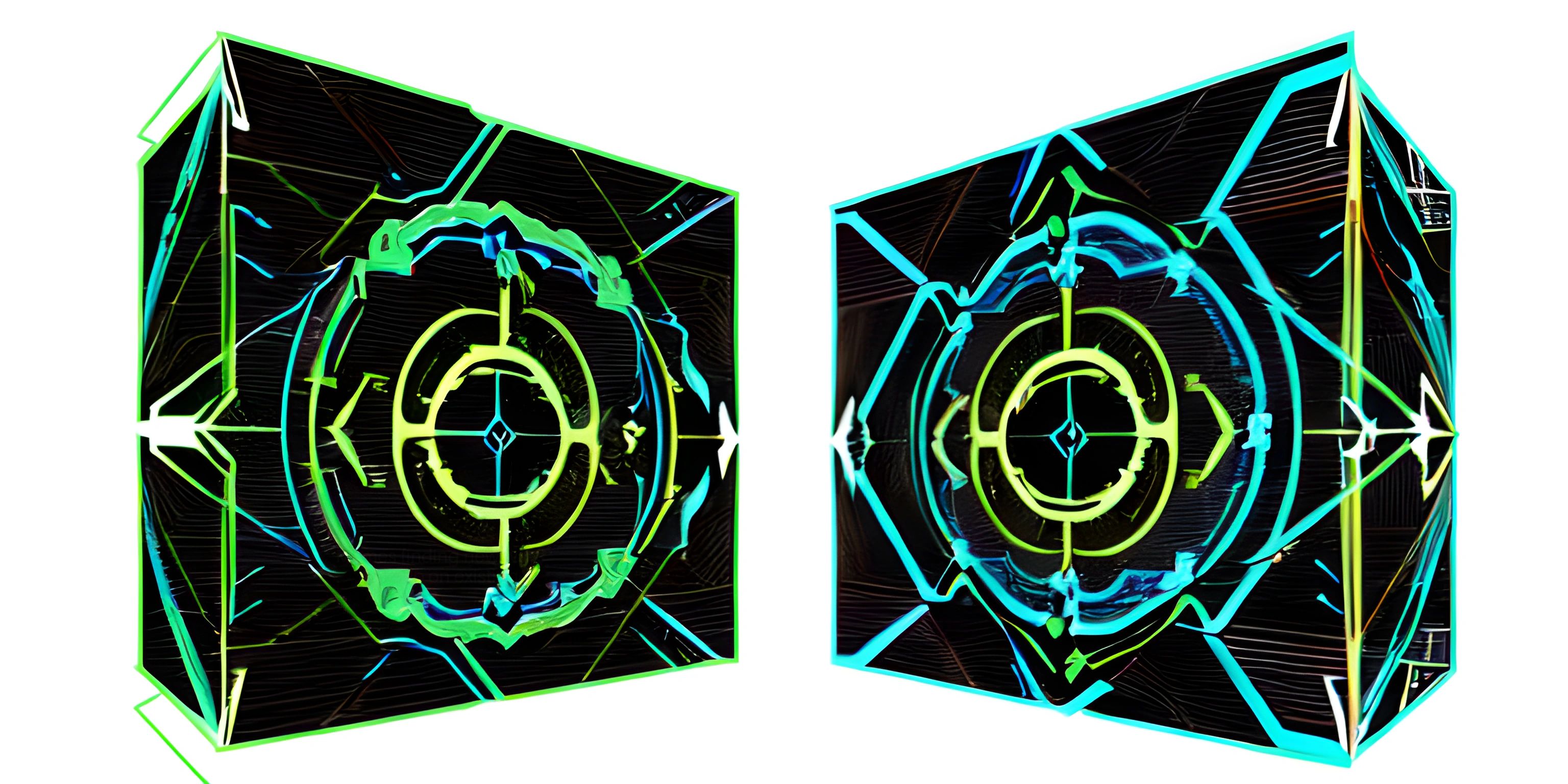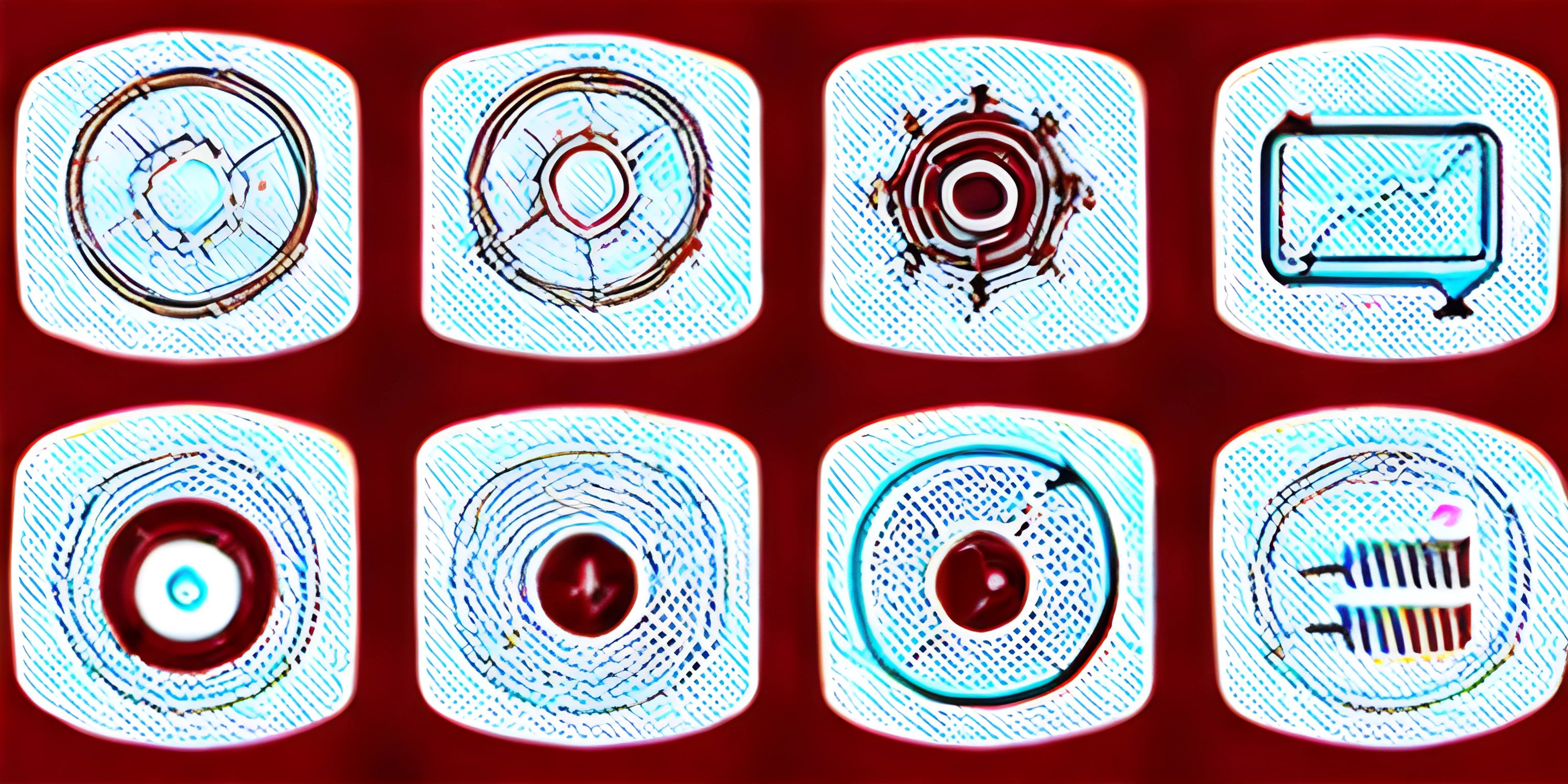Understanding Recursion in JavaScript

Note: this page has been created with the use of AI. Please take caution, and note that the content of this page does not necessarily reflect the opinion of Cratecode.
Ever find yourself stuck in a loop, doing the same thing over and over again, not knowing how to get out? Well, you're not alone... JavaScript functions feel the same way sometimes. But they have a secret weapon - recursion!
What is Recursion?
In programming, recursion is a method where the solution to a problem depends on solutions to smaller instances of the same problem. Sounds confusing, right? Here's a simpler way to understand it — a recursive function is a function that calls itself until it doesn't. Yes, you read that right! It's like a dog chasing its own tail, except it knows when to stop.
Let's understand this with an example. Say, you're told to count down from 5. You'd start with 5, then 4, then 3, and so on until you reach 1. Now imagine writing a JavaScript function to do the same.
function countDownFrom(number) {
if (number <= 0) {
console.log("Done counting!");
return;
} else {
console.log(number);
countDownFrom(number - 1);
}
}
countDownFrom(5); // Outputs: 5, 4, 3, 2, 1, "Done counting!"In the countDownFrom function above, we start by checking if the number is less than or equal to zero. If it is, the function stops. If it isn't, it prints the number and calls itself with the number reduced by one. This goes on until the number hits zero, and we have successfully counted down from 5 using recursion!
The Base Case
An important concept in writing recursive functions is the base case. This is the condition that stops the function from calling itself to prevent an infinite loop. It's like the leash that stops the dog from chasing its tail endlessly. In our countdown function, the base case is number <= 0.
Without a base case, our function would run forever, which is generally frowned upon by computers (and programmers). So, always remember to include a base case when writing a recursive function.
When to use Recursion?
Recursion is particularly useful in solving problems that can be broken down into smaller, similar problems. This often comes up in tasks like traversing tree-like data structures or sorting algorithms like quicksort and mergesort.
However, recursion is not always the answer. It can lead to performance issues and stack overflow errors if the recursive calls get too deep. So, use it wisely!
Hey there! Want to learn more? Cratecode is an online learning platform that lets you forge your own path. Click here to check out a lesson: Recursion Intro (psst, it's free!).
FAQ
What is recursion in programming?
In programming, recursion is a method where the solution to a problem depends on solutions to smaller instances of the same problem. A recursive function is one that calls itself in its body to solve the problem.
What is a base case in a recursive function?
A base case in a recursive function is the condition that stops the function from calling itself infinitely. It halts the recursion by providing a direct solution to the smallest instance of the problem.
When should I use recursion in programming?
Recursion is best suited for problems that can be broken down into smaller, similar problems, such as traversing tree-like data structures or certain sorting algorithms. However, it's important to use recursion judiciously, as it can lead to performance issues and stack overflow errors if not managed properly.





